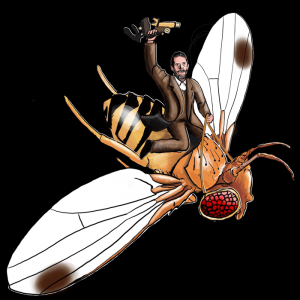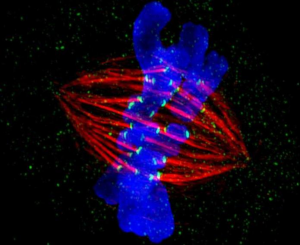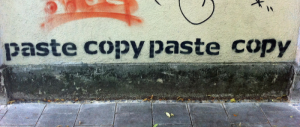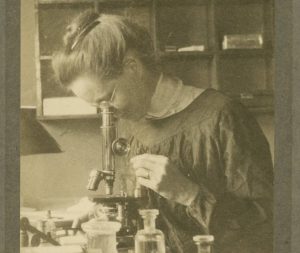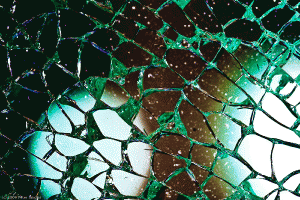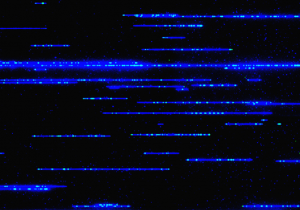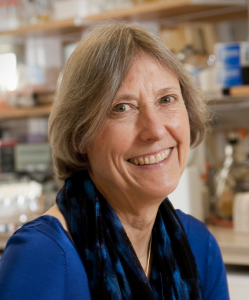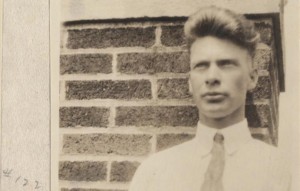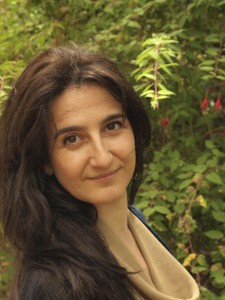Enter your address to receive notifications about new posts to your email.
Articles tagged Chromosomes
(38 results)
-
Happy 150th to a fruit fly wrangler who changed the world
In Kentucky 150 years ago today, a child was born who would—with the help of a hardy inhabitant of trash cans and fruit bowls— grow up to change the world. That boy was Thomas Hunt Morgan. By the 1900s, the energetic young Morgan had become a well-respected expert investigating questions in experimental embryology and animal regeneration.…
-
Two-faced protein both speeds and slows cell cycle
Although some proteins have a single career, many—like Dis3—lead a double life. In the yeast Schizosaccharomyces pombe, loss-of-function mutations in dis3 cause defects in mitosis, implying that Dis3 normally supports cell cycle progression. But perplexingly, results in humans suggest that Dis3 normally slows cell cycle progression: mutations that partially disable dis3 contribute to the development…
-
Runaway amplification: 800 copies and counting
Massive amplification of genes is a desperate strategy taken by stressed populations adapting to an environment that has become inhospitable. Such amplifications can give an underperforming gene a much-needed boost in productivity simply by increasing its copy number. But counterintuitively, research reported in the May issue of G3 implies these amplifications may arise even in…
-
Nettie Stevens: Sex chromosomes and sexism
At the time of her death in 1912, Nettie Maria Stevens was a biologist of enough repute to be eulogized in the journal Science by future Nobelist Thomas Hunt Morgan and for her passing to be noted in The New York Times. In 1910 she had been listed among 1,000 leading American “men of science.”…
-
Evolving butterflies and genome assemblies
The dizzying array of wing patterns in Heliconius butterflies has served as a model for evolution and adaptation in the wild for more than a century. The genus is most famous for the way different species within a geographic region tend to converge on similar wing markings—known as biological mimicry. In the latest issue of…
-
Shattered and Shifted: Complex genomic rearrangement in C. elegans
Chromosomes can shatter. In a single, catastrophic rearrangement event, tens to hundreds of breakpoints are repaired imperfectly and result in a shuffling of genetic material. One such event affects insulin signaling and dauer formation in C. elegans, as reported in this month’s G3. Chromosome shattering, or chromothripsis, is a recently described phenomenon found in some…
-
Mapping structural variants with nanochannel arrays
Short-read sequencing has fueled the acceleration of genetic research But though these next-generation methods are fast and efficient, they can’t do everything well. One important area in which short-reads fall short is detecting structural variants (SV), where chunks of the genome are deleted, inserted, repeated, inverted, or in some other way shuffled around compared to…
-
Nancy Kleckner awarded 2016 Thomas Hunt Morgan Medal
Nancy Kleckner, PhD (Harvard University), has been awarded the Society’s Thomas Hunt Morgan Medal for lifetime achievement in the field of genetics. The award recognizes Dr. Kleckner’s many significant contributions to our understanding of chromosomes and the mechanisms of inheritance. “Nancy has made major contributions both to understanding how chromosomes work and to developing transformative methodology that…
-
Calvin Bridges: Bringing genes down to earth
When sharp-eyed 20-year-old Calvin Bridges entered Columbia University in 1909, the word “gene” had just been coined. At that time, the term was profoundly abstract, referring to “factors” or “conditions” that could be glimpsed only through the window of statistical analysis. Seven years later, Bridges and his colleagues had brought these mysterious factors firmly down…
-
New Faculty Profile: Irene Chiolo
New Faculty Profiles showcase GSA members who are establishing their first independent labs. If you’d like to be considered for a profile, please complete this form on the GSA website. Irene Chiolo Gabilan Assistant Professor Department of Biological Sciences University of Southern California Lab website Research program: We study the mechanisms of DNA repair…
-
Looking for cancer’s weak spots
The mutations that drive cancer formation are often found in “hub” genes that regulate many aspects of cell growth and survival. But these key genes are not always good therapeutic targets — some are even considered “undruggable.” In the latest issue of GENETICS, Bailey et al. identify a strategy for fighting cancer cells that carry…

